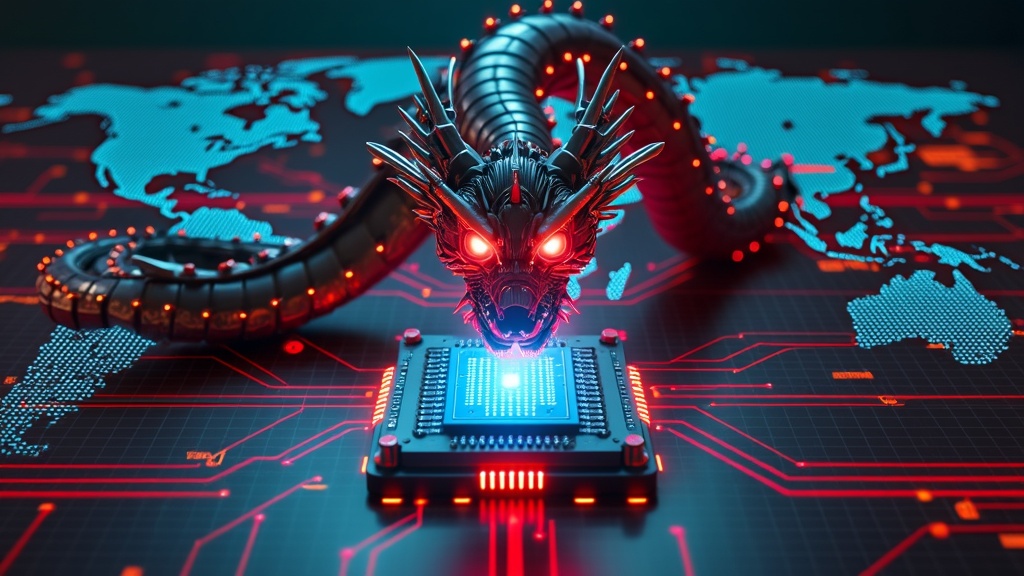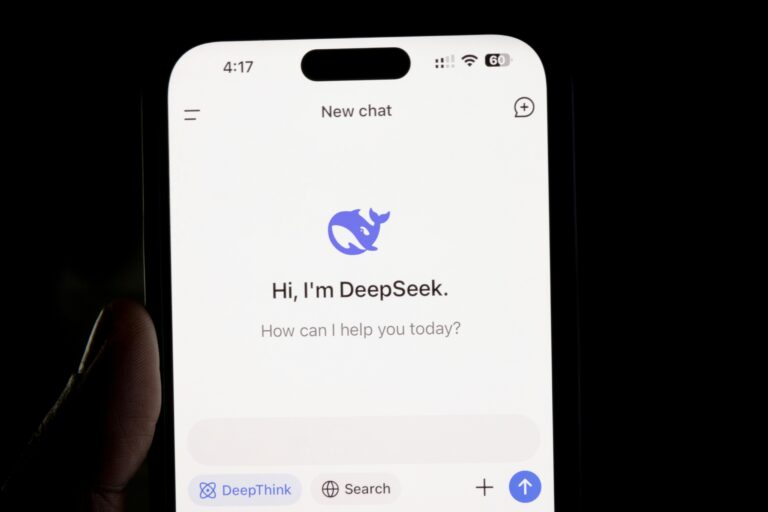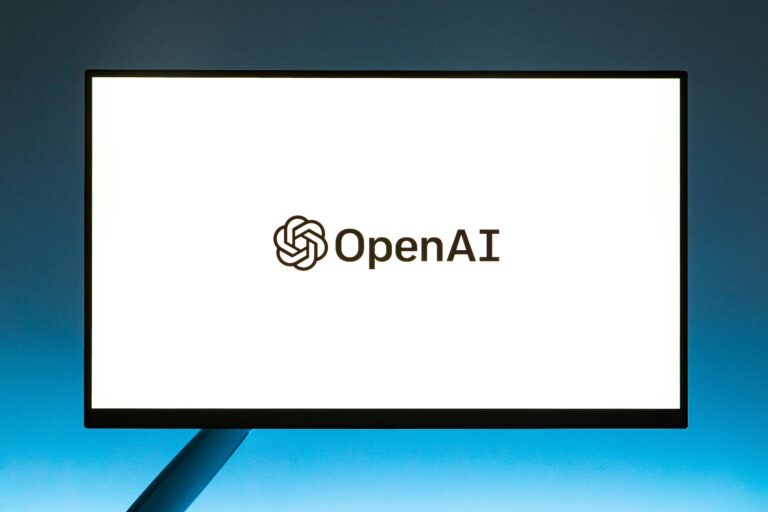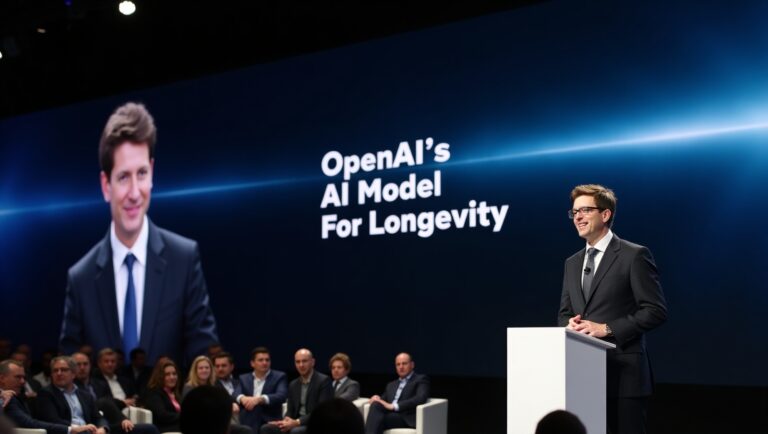The Rise of Chinese AI Models: How China is Reshaping the Global AI Landscape

Table of Contents
When you think of AI, you probably think of ChatGPT, Google’s Bard, or Microsoft’s AI tools. But quietly, China has been cooking up something extraordinary. Over the past few years, China’s AI industry has grown at an astonishing pace, with a 51% surge in investment. By 2024, the country’s AI sector had hit a record $521 billion in total funding.
What’s more, Chinese AI models are now competing head-to-head with American heavyweights like OpenAI and Google. Even more shocking? They’re doing it at a fraction of the cost. For instance, while OpenAI charges $1.25 per million tokens for its GPT-4 model, China’s models like DeepSeek charge as little as $0.014. Yeah, you read that right — less than 2 cents compared to over a dollar.
This isn’t just a story about technology; it’s about power, politics, and global influence. So, what’s driving China’s AI revolution, and why is it a big deal? Let’s dive in.
1. What’s Powering China’s AI Boom?
💰 Massive Government Funding & Investment
Unlike Western AI companies, which rely on private funding, China’s AI boom is fueled by both private capital and state support. The government is playing a long-term game, treating AI as a national priority. In 2024 alone, over 10,000 investment deals were made in the AI space. While the number of deals fell by 18.2%, total funding still shot up by 51%, signaling that bigger, smarter bets are being made.
China’s “AI-first” policy isn’t just talk. It’s an all-hands-on-deck strategy that combines government support, regulatory alignment, and national pride. From smart cities to automated surveillance, AI isn’t just a tech product in China — it’s a geopolitical tool.
🦾 Powerful AI Giants & Key Players
China’s “AI Dragons” — companies like Baidu, ByteDance, Tencent, and Huawei — are leading the charge. These companies aren’t just dabbling in AI; they’re going all in. ByteDance, best known for TikTok, is making waves with its Doubao AI chatbot, which is now challenging the dominance of Baidu’s Ernie Bot. Huawei, on the other hand, is producing its own AI models powered by its self-developed chips, which help reduce dependency on U.S. technologies.
These companies aren’t just competing with each other; they’re setting their sights on global dominance. Huawei’s Pangu models, Tencent’s Hunyuan LLM, and Baidu’s Ernie Bot are all taking on major Western players like OpenAI’s GPT-4 and Google’s Bard.
📉 Lower Costs, Higher Efficiency
Here’s where it gets wild. Training an AI model is expensive. It requires millions of GPU hours and mountains of electricity. But China has found a clever workaround. Instead of relying on U.S.-based NVIDIA GPUs, Chinese firms are using homegrown AI chips like Huawei’s Ascend. These chips are not only cheaper but also more energy-efficient, allowing Chinese companies to run their AI models at a fraction of the cost.
This cost-saving trick has massive implications. Remember how I mentioned OpenAI charges $1.25 per million tokens? Compare that to DeepSeek, which charges just $0.014. It’s like being able to buy a Ferrari for the price of a used bike. This price advantage has triggered a “price war” in AI services, with Western companies forced to lower their prices to stay relevant.
🌐 Cultural & Regulatory Support
China isn’t leaving regulation up to chance. Its government requires that all AI models align with “social values” before being released to the public. While Western critics call this censorship, it’s actually a strategic advantage. By controlling what gets released, Chinese companies are able to avoid lawsuits and regulatory headaches down the road.
In contrast, Western firms like OpenAI and Google are constantly revising their content guidelines to avoid public backlash. China’s proactive approach means its companies don’t have to deal with the same unpredictability.
2. How Are Chinese AI Models Competing Globally?

🌍 Competing on Scale & Innovation
China now accounts for 36% of all large AI models globally, with the U.S. leading at 44%. This gap is narrowing fast. Out of 1,328 large AI models worldwide, a third are from China. A few years ago, that number was laughably small. But now, Chinese models like Qwen and DeepSeek are performing as well as Western models on benchmark tests.
These models are also powering “super apps” — platforms that combine messaging, shopping, payments, and now, AI. Imagine if your messaging app could also book flights, manage your finances, and help you write essays. This idea is already being tested by Tencent and Baidu. Western tech giants are still struggling to integrate these features, but China’s apps have had this all-in-one functionality for years.
🌐 Shaping Global AI Perception
In the past, Western companies dismissed Chinese AI models as “government-controlled” or “untrustworthy.” But that narrative is changing. Developers in Europe and the U.S. are now using Chinese open-source models like Qwen to create new tools. Qwen, for example, became the most downloaded AI model of 2024, with over 75,000 derivative models built on it.
This shift in perception is huge. When developers from outside China start relying on Chinese tech, it strengthens China’s influence in global AI standards. It’s like how Android — despite being developed by Google — powers billions of phones made in China.
3. Why Should You Care?
🛒 Cheaper AI Tools for Everyone
If you’ve ever used ChatGPT, you know it’s not free forever. But what if you had access to an AI assistant that did the same thing — for almost nothing? That’s the promise of China’s low-cost AI services. With price wars already underway, consumers and businesses alike could see major savings.
🌐 A New AI Geopolitical Battle
AI isn’t just a tech race — it’s a battle for global influence. The U.S. has tried to curb China’s rise by banning exports of critical AI chips like Nvidia’s H100. But China has simply built its own chips and models. This isn’t just about competition; it’s about control.
If Chinese AI models become the go-to option worldwide, it shifts the balance of power. Will global developers rely on models built in Beijing instead of San Francisco? And if so, what happens to data privacy, free speech, and ethical guidelines? These are questions that people are already debating.
🚀 Accelerating AI Innovation
Remember how smartphones went from “meh” to “mind-blowing” in just a few years? That same acceleration is happening in AI. China’s aggressive competition is pushing U.S. companies to innovate faster. Faster improvements mean better AI tools for you, from smarter assistants to better recommendation algorithms.
4. The Big Debate: Should You Trust Chinese AI Models?
Here’s the million-dollar question: Would you use an AI model built in China over one from OpenAI or Google?
Some people are skeptical. They worry about privacy, censorship, and data security. After all, the Chinese government has strict control over its tech sector. Others argue that these fears are overblown. If a model performs better, costs less, and gets the job done, why wouldn’t you use it?
It’s not just consumers grappling with this question. Big companies like Microsoft, Tesla, and even Western universities are beginning to explore Chinese models as alternatives. The decision to “buy American” or “buy Chinese” in AI might soon be as big as the debate over iPhones vs. Androids.
Conclusion: The New AI Superpower
China’s rise in AI isn’t just hype. It’s a full-blown transformation of the global tech scene. From super-cheap AI models to innovative “super apps,” the world is watching as China takes its place as a top AI player.
The days of thinking “China is just copying” are over. They’re innovating, scaling, and redefining the rules. And while the West debates ethical AI guidelines, China is charging ahead, rewriting the playbook.
So, what do you think? Would you trust a Chinese AI model over OpenAI? Or is it too risky? Let me know in the comments. 🚀






